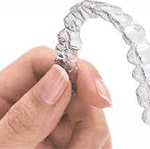
Malocclusion means the teeth are not aligned properly.
Causes
Occlusion refers to the alignment of teeth and the way that the upper and lower teeth fit together (bite). Ideally, all upper teeth fit slightly over the lower teeth. The points of the molars fit the grooves of the opposite molar.
The upper teeth keep the cheeks and lips from being bitten and the lower teeth protect the tongue.
Malocclusion is most often hereditary, which means the condition is passed down through families. There may be a difference between the size of the upper and lower jaws or between jaw and tooth size, resulting in overcrowding of teeth or in abnormal bite patterns.
Variations in size or structure of either jaw may affect its shape, as can birth defects such as cleft lip and palate. Other causes of malocclusion include:
- Childhood habits such as thumb sucking, tongue thrusting, pacifier use beyond age 3, and prolonged use of a bottle
- Extra teeth, lost teeth, impacted teeth, or abnormally shaped teeth
- Ill-fitting dental fillings, crowns, appliances, retainers, or braces
- Misalignment of jaw fractures after a severe injury
- Tumors of the mouth and jaw
There are different categories of malocclusion.
- Class 1 malocclusion is the most common. The bite is normal, but the upper teeth slightly overlap the lower teeth.
- Class 2 malocclusion, called retrognathism or overbite, occurs when the upper jaw and teeth severely overlap the bottom jaw and teeth.
- Class 3 malocclusion, called prognathism or underbite, occurs when the lower jaw protrudes or juts forward, causing the lower jaw and teeth to overlap the upper jaw and teeth
Symptoms
- Abnormal alignment of teeth
- Abnormal appearance of the face
- Difficulty or discomfort when biting or chewing
- Speech difficulties (rare) including lisp
- Mouth breathing (breathing through the mouth without closing the lips)
Exams and Tests
Most problems with teeth alignment are discovered by a dentist during a routine exam. The dentist may pull your cheek outward and ask you to bite down to check how well your back teeth come together. If there is any problem, the dentist will usually refer you to an orthodontist for diagnosis and treatment.
Dental x-rays, head or skull x-rays or facial x-rays may be required. Plaster or plastic molds of the teeth are often needed.




